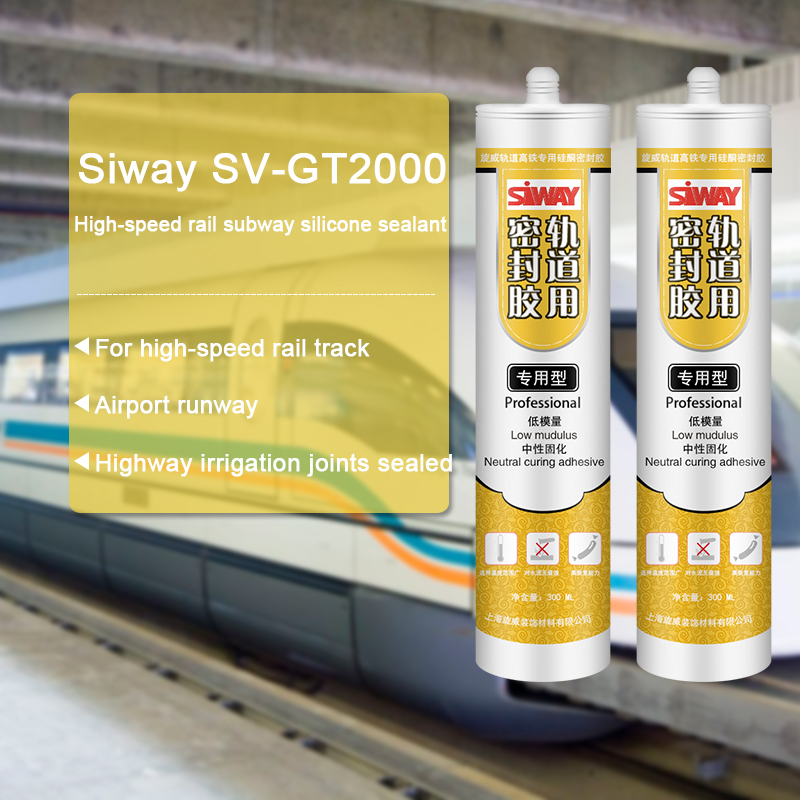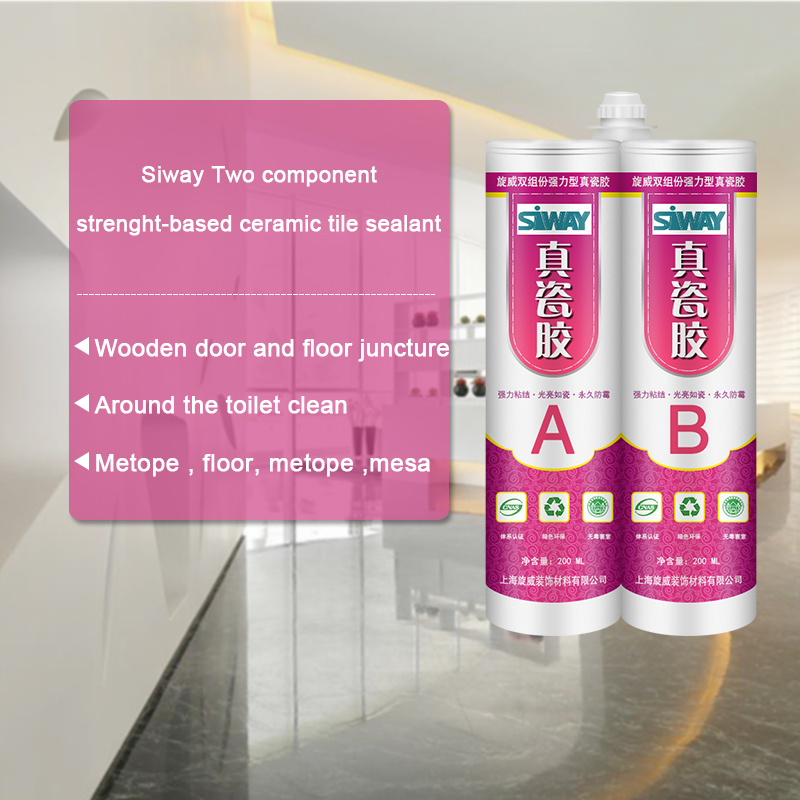Factory Free sample Siway SV-602 Epoxy Structural Adhesive A/B to Malawi Factory
Short Description:
Description SV-602 is a 2-part structural epoxy adhesive developed for such application as dry fixing cladding. It has strong adhesion to metals, woods, reinforced plastics stone, ceramic and masonry. It is the best choice for bonding parts which must withstand weather, moisture and temperature fluctuations. SV-602 will adhere with minimum surface preparation and has a low coefficient of expansion. Key Features 1. Room temperature curing Epoxy adhesive 2. Fast cure at room temperature,...
With reliable quality process, good reputation and perfect customer service, the series of products produced by our company are exported to many countries and regions for Factory Free sample Siway SV-602 Epoxy Structural Adhesive A/B to Malawi Factory, Welcome friends from all over the world come to visit, guide and negotiate.
Description
SV-602 is a 2-part structural epoxy adhesive developed for such application as dry fixing cladding. It has strong adhesion to metals, woods, reinforced plastics stone, ceramic and masonry. It is the best choice for bonding parts which must withstand weather, moisture and temperature fluctuations. SV-602 will adhere with minimum surface preparation and has a low coefficient of expansion.
Key Features
1. Room temperature curing Epoxy adhesive
2. Fast cure at room temperature, <40 min for reaching a tack-free status under standard environment (STD: 23℃, 50% humidity)
3. Mix ratio of 1:1 by volume or by weight
4. Good mechanical property
5. Bonds a wide variety of building materials
6. Good waterproofing and chemical resistance
Basic Application
1, the external walls of stone material, ceramic and other hang bond;
2, concrete, ceramics, stone, wood and other prefabricated split, bonding and jointing;
3, concrete, stone and so on crack repair;
4, the structure of the localization, anchor, reinforcement and reinforcement.
Technical data sheet
The following data is for reference only and is not recommended for the specification
Certification
JC 887-2001
Color
Part A-Grey Paste/Part B-White Paste
Package
9kg/9kg per unit and 15kg/15kg per unit
Shelf life
12 months
Note
If you want the TDS or MSDS or other details, please contact with our sales person.
I followed instructions in the silica TMOS recipe from https://www.aerogel.org and successfully produced some small pieces of aerogel in my home shop.
The two main difficulties are: 1. Getting TMOS or TEOS (the key chemical ingredient), and 2. Building a supercritical drying chamber. The components for the chamber can be bought from https://www.mcmaster.com or another source of industrial pipe fittings. You’ll also need a supply of liquid carbon dioxide. I used a 20-lbs cylinder, which I bought from a local welding store. Most of the cost is in the cylinder itself, since a refill costs only $20 to $30. You may find a welding supply shop that will rent the cylinder.
Getting the TMOS is difficult since chemical suppliers are generally unwilling to sell to individuals.
The process to make aerogel is:
1. Mix TMOS, methanol, and ammonium hydroxide. Pour this mixture into molds, and wait for a gel to form.
2. Submerge the gel in methanol, and wait a day for the remaining water in the gel to diffuse into the methanol.
3. Discard the methanol, and replace with fresh methanol. Wait a day, and repeat. Repeat this process a few times over three days.
4. Transfer the gel into the supercritical drying chamber, and fill the chamber with methanol.
5. Add liquid CO2, then open the chamber’s bottom valve to remove the methanol. Make sure the gels are always covered with liquid CO2.
6. Wait a day for methanol to diffuse into the liquid CO2.
7. Open the bottom valve and remove more methanol.
8. Repeat the methanol draining procedure while making sure the gels stay submerged in liquid CO2. Repeat the CO2 draining/exchange a couple times over 2-3 days.
9. Raise the chamber temperature to cause the CO2 to become supercritical. Slowly vent the chamber while applying heat to ensure the CO2 moves from the supercritical phase to the gas phase. Continue venting the chamber slowly, then remove the finished aerogels.
How to make Slime Without Glue, borax, baking soda, face mask or hand soap.Just 2 main ingredients slime Body wash and salt.
Please Subscribe for more fun: https://goo.gl/A5rGFp
FACEBOOK : Friend me -https://www.facebook.com/boogiekids1
INSTAGRAM : Friend me -https://www.instagram.com/boogiekids1
Watch more Playdoh videos : https://goo.gl/DCrXvi
Watch more Jell-O videos : https://goo.gl/TweWWP
Watch more Slime videos : https://goo.gl/YoYv1k
Watch more Popin Cookin Japanese candy : https://goo.gl/iZrpPu
Watch more Boogie Kids videos : https://goo.gl/aBd8sh
Watch more Popsicles video :https://goo.gl/kb7aPU
Watch more Rubber band bracelets videos :https://goo.gl/9p2K4x
Thank you for watching Boogie Kids.




